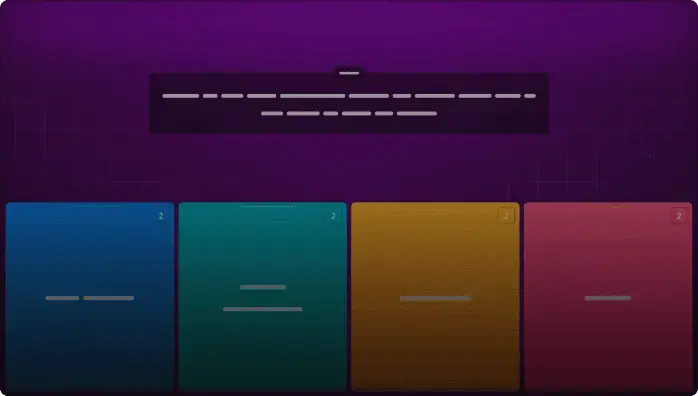
TCI lesson 2: molecules and extended structures
Assessment
•
Terri Jordan
•
Science
•
6th - 8th Grade
•
Hard
Student preview

20 questions
Show answers
1.
Multiple Choice
The way the 92 elements in nature make up all matter is similar to how:
Gears make a clock tell time.
Letters of the alphabet make words.
Steel beams make different kinds of buildings.
Grains of sand come together to create a large beach.
2.
Multiple Choice
What happens when an atom makes a connection with another atom?
Their increase in size makes them visible to the human eye.
The atoms create a more complex particle called a molecule.
The atoms become a single atom depending on which one is stronger.
They undergo a process that causes the to make copies of themselves.
3.
Multiple Choice
Which of these is NOT true of a molecule?
All molecules have equally strong bonds.
A molecule is composted of at least two atoms.
All molecules are too small to be seen without aid.
A molecule forms after two atoms create a chemical bond.
4.
Multiple Choice
Why do scientists use models to portray molecules?
Scientists have no other way to see molecules
It is the only way they can provide proof for their work.
It makes important aspects of the molecule easier to see.
It is the only way they can figure out how to combine atoms
5.
Multiple Choice
Which of these is NOT a method that scientists use to create models?
2D line-angle formulas
3D computer representations
3D ball-and-stick models
2D laffer curve model
Explore all questions with a free account
Find a similar activity
Create activity tailored to your needs using
.svg)

Extended Structures and Molecules
•
6th - 8th Grade

Lesson 2: Molecules and Extended Structures
•
7th Grade

Simple Molecules and Extended Structures
•
6th - 8th Grade

Atoms, Molecules, Extended Structures
•
6th - 8th Grade

Simple Molecules and Extended Structures
•
8th Grade - University

Developing Models of Simple Molecules and Extended Structures
•
6th - 8th Grade

TCI Matter Lesson 2 Molecules & Extended Structures
•
6th - 8th Grade

TCI lesson 2: molecules and extended structures
•
6th - 8th Grade